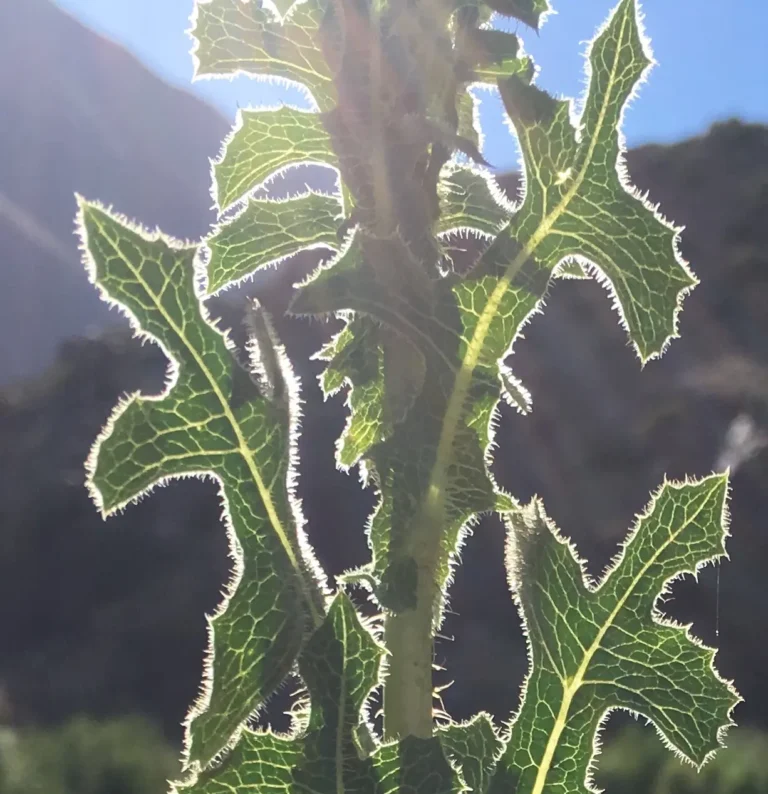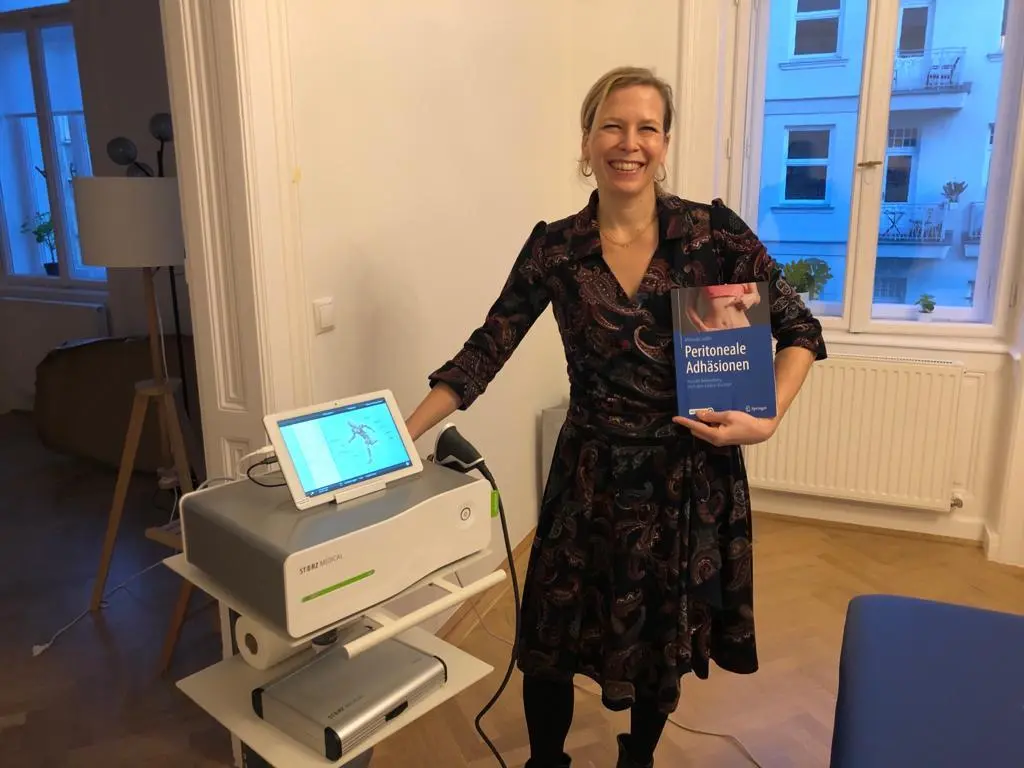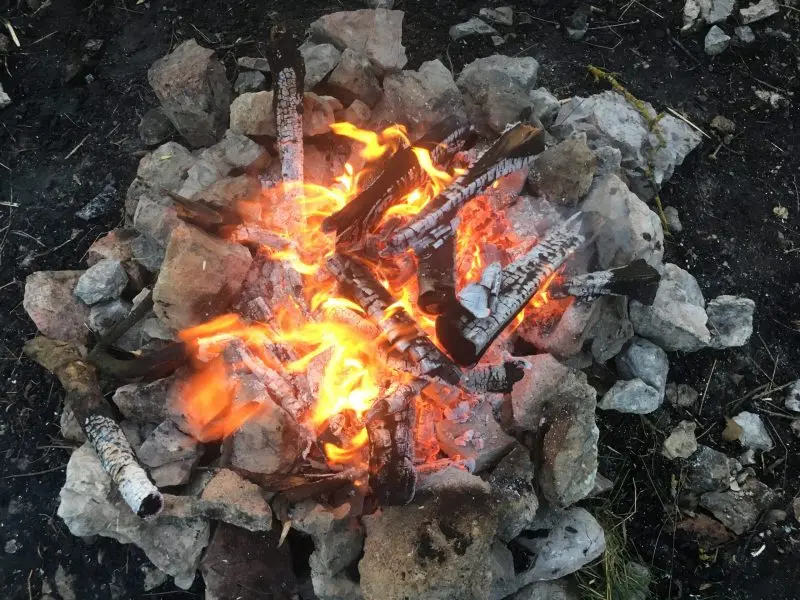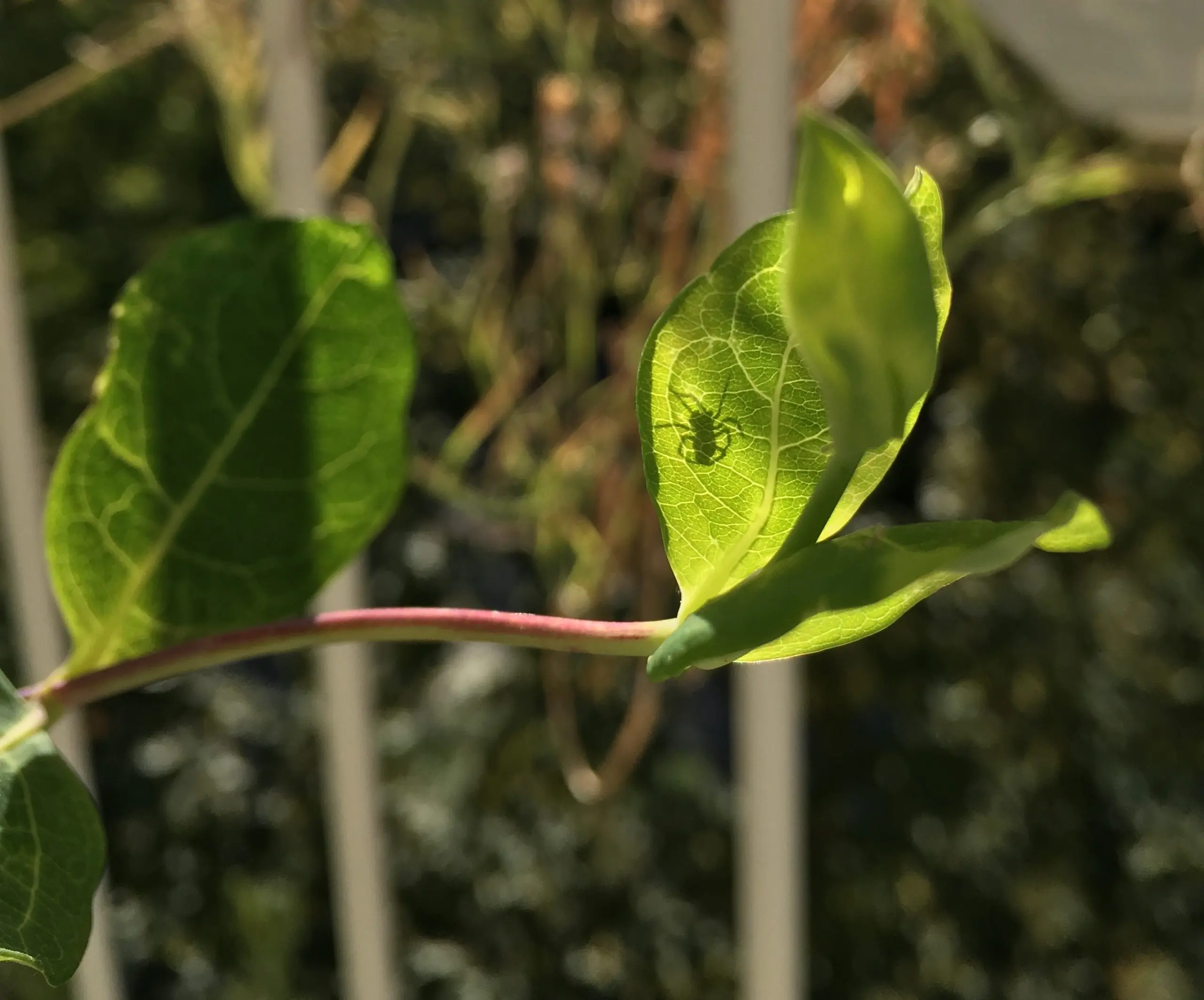How can I imagine the effects of internal scars and adhesions now?
Let’s do a thought experiment:
Let’s imagine a cloth that is stretched evenly. The strains and tensions are distributed evenly across all the structures involved. These are, on the one hand, the cloth and, on the other hand, the struts or fastening points of the cloth.
What happens if you tie a knot in any part of the cloth? What happens to the tension in the cloth? Where does it increase, where does it decrease? What happens to the knotted area? What effect does the knot have on the surrounding area?
The tension in the cloth may increase and the fastening points have to withstand more tension. This may mean that they simply withstand it because they can generate enough counter-tension. This may mean that they bend because they are more elastic than expected. It can also mean that they break because they are not made for such an increase in tension.
In any case, there must be a redistribution of tension. Let’s assume that the knot is really tight. Immobile. Depending on the material properties of the cloth and the fastening poles, the whole system will solidify, the cloth will stretch, tear, the poles will bend or break. In any case, the tension in the whole system increases and must rebalance, adapt and change.
If we transfer this image to the body, then we have to add dynamic processes to it. First, let’s replace the knot with a scar. This scar corresponds to a resting pole, a punctum fixum, which has lost flexibility and this has been replaced by rigidity due to the adhesions. The tensions caused by the adhesions are passed on to the surrounding structures, which adapt accordingly: that is, they increase the tension, realign themselves along the lines of force of the scar, the mobility is also reduced in the surrounding tissue, which in the long term goes hand in hand with further adhesions within these tissue structures. At the same time, the body will try to distribute the forces that occur in the best possible way in order to continue to ensure optimum mobility and functionality of the body structures and organs.
If we now want to move, the forces are directed through the whole body as always. If we now want to move, for example, a part of the body that is located near the scar or the knot, this will be more difficult for me due to the rigidity of the adhesions and more muscular forces and tensions will be activated to perform the desired movement than if the knot were not existent. Initially, this additional effort may be so small that it is hardly noticeable. In the long run, however, it may be that tensions gradually occur in other regions of the body. New tensions arise. More tension arises. The scar or the adhesions is/are often not noticeable. Behave/behave quietly. But the parts of the body that compensate for these scar knots and have to withstand the extra tension often develop a feeling of discomfort in the body or pain. Not always the same, often only years later.
So:
- Knot is tension. Is rigidity. Is immobility. Is a loss of flexibility and functionality.
- The rest of the body system tries to compensate and integrate in order to maintain mobility.
- This happens through an increase in muscle strength. Through a stronger pull of the fascia. By reducing mobility on different levels.
- In the long run, a restriction of mobility leads to tension. Where it cannot be compensated, it becomes stuck and restricted. With the result that the adjacent structures have to take over. Which are overloaded.
- This means that the compensating elements of the system usually become noticeable, not the knot itself, which is kept quiet by its rigidity.
What I need:
- Relief. Mobility. Ease in the movements. Less permanent stress and sustained tension of muscles and fascia. Exchange. Variety of tension and relaxation. Load and unload.
- Dynamics.
- Dynamic exchange.
For example:
Mario Gheorghiu, 45 years old in autumn 2017
“Because of severe shoulder and neck pain, I consulted the osteopath Michaela Liedler. I could no longer even lift my right hand and sleep on my right side as usual. Interestingly, Michaela suggested treating my, as she said, ‘stuck scar tissue’ from past operations. In my case, it was a gallbladder and an appendix that were removed over 20 years ago. I was happy to take part in this experiment and, in fact, she did not touch my shoulder once, but mainly ‘massaged’ my abdominal area up to the ribs. I soon noticed how my whole right half of my body became more and more relaxed and the pressure in my neck subsided.
The result was amazing. We repeated this treatment again and I was pain-free again, who would have thought!”




